Introduction to Machu Picchu
Machu Picchu, often referred to as the “Lost City of the Incas,” is a historic site located in the Cusco Region of Peru. Designated as a UNESCO World Heritage site in 1983, it stands as one of the New Seven Wonders of the World, asserting its prominence as an essential destination for travelers embarking on adventures in Peru. This ancient Incan citadel, set at an elevation of approximately 2,430 meters above sea level, offers breathtaking views of the surrounding Andes Mountains, making it not only a site of historical significance but also a marvel of architectural achievement.
The importance of Machu Picchu extends beyond its stunning vistas; it serves as a symbol of the Incan Empire, which thrived from the early 15th century until the Spanish conquest in the 16th century. Historians and archaeologists remain intrigued by its purpose, which may have included being a royal estate or a religious retreat. The site is characterized by its sophisticated dry-stone construction, agricultural terraces, and intricate water management systems, reflecting the advanced engineering skills of the Incas. Each stone, carefully placed without the use of mortar, showcases the ingenuity that enabled this civilization to thrive amidst challenging mountainous terrain.
Machu Picchu is more than just an attraction; it represents a deep connection to the history and culture of the Incan people. It attracts thousands of visitors each year, eager to explore its ruins, hike the Inca Trail, and immerse themselves in the magic of this monumental site. As travelers traverse its pathways, they are not only witnessing remnants of a bygone era but also experiencing a sense of wonder that accompanies any exploration of such a profound historical landmark.
How to Get to Peru and Cusco
Traveling to Machu Picchu requires careful planning, beginning with your journey to Peru. For international visitors, the first step is booking a flight to Alejandro Velasco Astete International Airport (CUZ) in Cusco, the gateway to the Sacred Valley and the legendary Incan citadel. Most major airlines operate flights to Cusco, usually with a connection in Lima, Peru’s capital.
You can easily compare airlines and find the best deals on Kiwi.com, making it simple to stretch your travel budget. Many travelers choose to fly into Lima first and then take a short domestic flight to Cusco, which takes just over an hour. When creating your itinerary, consider spending a day or two in Lima — either to recover from jet lag or to explore this lively city — before continuing on to the Andes.
Upon arrival in Cusco, you will find a range of transportation options available to reach the Machu Picchu area. These include taking a train from Cusco to Aguas Calientes or utilizing guided tours that can simplify the process. If you choose the train, it is recommended to book your tickets in advance, especially during the peak travel seasons. Alternatively, consider joining a guided tour that may include additional insights about the region’s history and culture, further enhancing your experience.
Overall, proper planning and utilizing resources for flight comparisons can aid significantly in your journey to Cusco and set the stage for an unforgettable visit to Machu Picchu.
Getting from Cusco to Aguas Calientes
Traveling from Cusco to Aguas Calientes, the gateway to the magnificent Machu Picchu, can be an enriching experience filled with scenic beauty and cultural significance. The journey primarily involves a train ride, which is the most favored method of transport among travelers. The most common approach is to first reach Ollantaytambo by bus or van, followed by a delightful train journey that concludes in Aguas Calientes.
Beginning your journey in Cusco, you can easily find several bus companies offering services to Ollantaytambo. The bus ride typically takes about 1.5 to 2 hours, traversing picturesque landscapes with breathtaking views of the Andes mountains. Numerous departures are available throughout the day, ensuring flexibility when planning your schedule. For those preferring more comfort, private vans can be arranged, albeit at a higher cost. Once in Ollantaytambo, travelers can step aboard the train, which offers a range of classes to cater to various budgets.
The train journey from Ollantaytambo to Aguas Calientes is approximately 1.5 hours long. Scenic vistas of the Urubamba River and lush mountainous terrain accompany you as the train winds its way to your destination. The renowned train service operators, such as PeruRail and Inca Rail, provide a comfortable and memorable experience.
In total, the travel time from Cusco to Aguas Calientes, including the bus ride and train journey, typically spans around 4 to 5 hours. This duration may vary slightly based on factors such as traffic conditions and train schedules. By ensuring proper planning and making the most of available transportation options, visitors can smoothly transition from the cultural epicenter of Cusco to the awe-inspiring ruins of Machu Picchu.
Tips for Visiting Machu Picchu
When planning a trip to Machu Picchu, it is crucial to consider various factors that can enhance your experience while respecting the site’s historical and environmental significance. One of the best tips is to arrive early in the morning. This timing not only allows for a more peaceful visit but also helps you avoid the larger crowds that arrive later in the day. Those who access Machu Picchu before peak hours will enjoy the breathtaking views and unique atmosphere without the rush of tourists.
Before setting off, ensure you have the necessary items for entry. A valid passport is required, and it must match the information on your ticket. Printing a copy of your ticket is also recommended, as you may be asked to show it at the gate. In terms of gear, make sure to bring comfortable hiking shoes, a lightweight daypack, and a reusable water bottle since single-use plastics are prohibited. Essentials like sunscreen, a light rain jacket, and a portable power bank will make your visit far more comfortable and stress-free.
While exploring Machu Picchu, you may also benefit from booking a guided tour. Knowledgeable guides provide context and insights into the rich history and architecture of the site, which may not be obvious when exploring alone. This adds depth to your visit and supports the local economy.
Lastly, it is vital to follow the environmental regulations at Machu Picchu. These include restrictions on single-use plastics and guidelines for responsible tourism. By preparing properly and packing smart, you’ll enjoy an unforgettable journey while helping preserve this World Heritage Site for future generations.


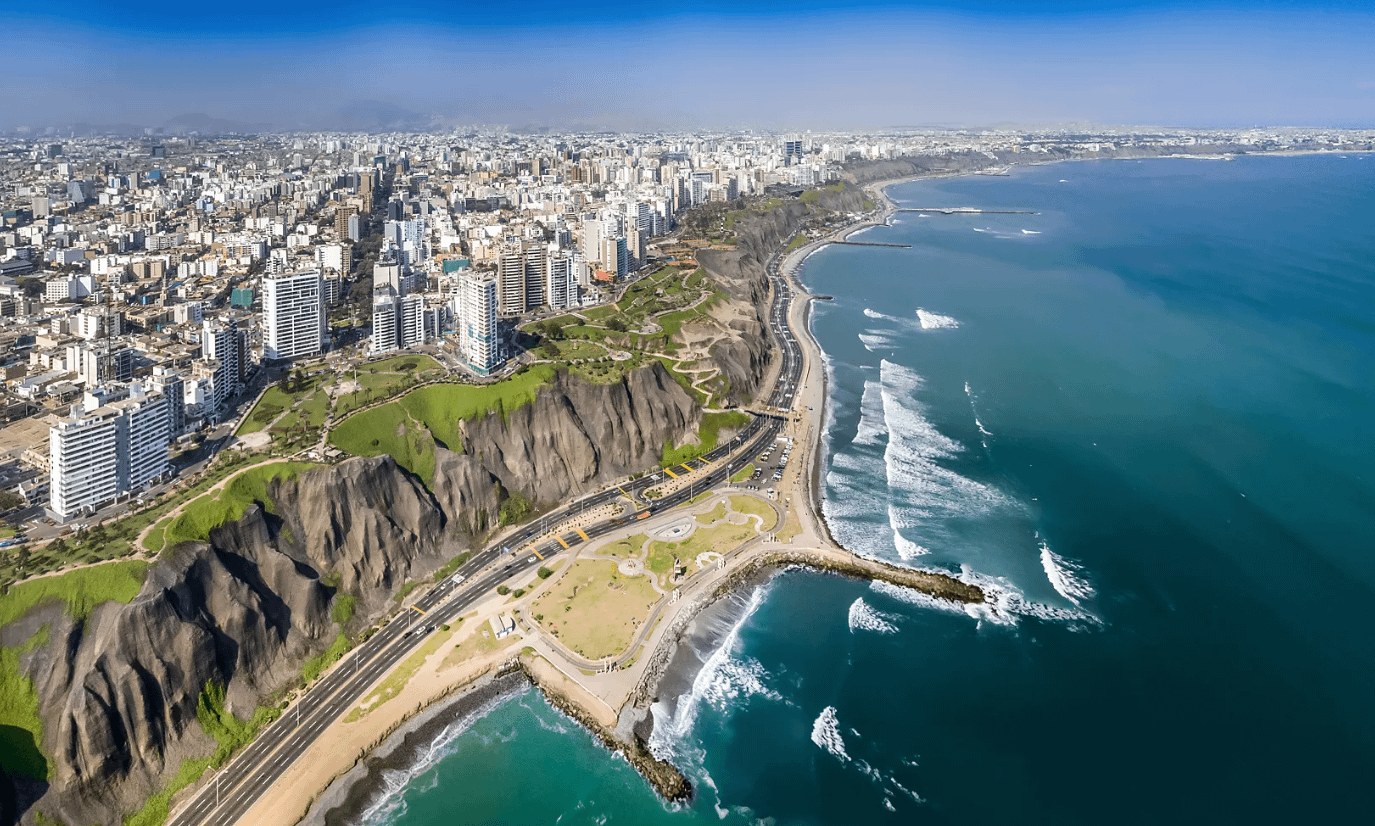
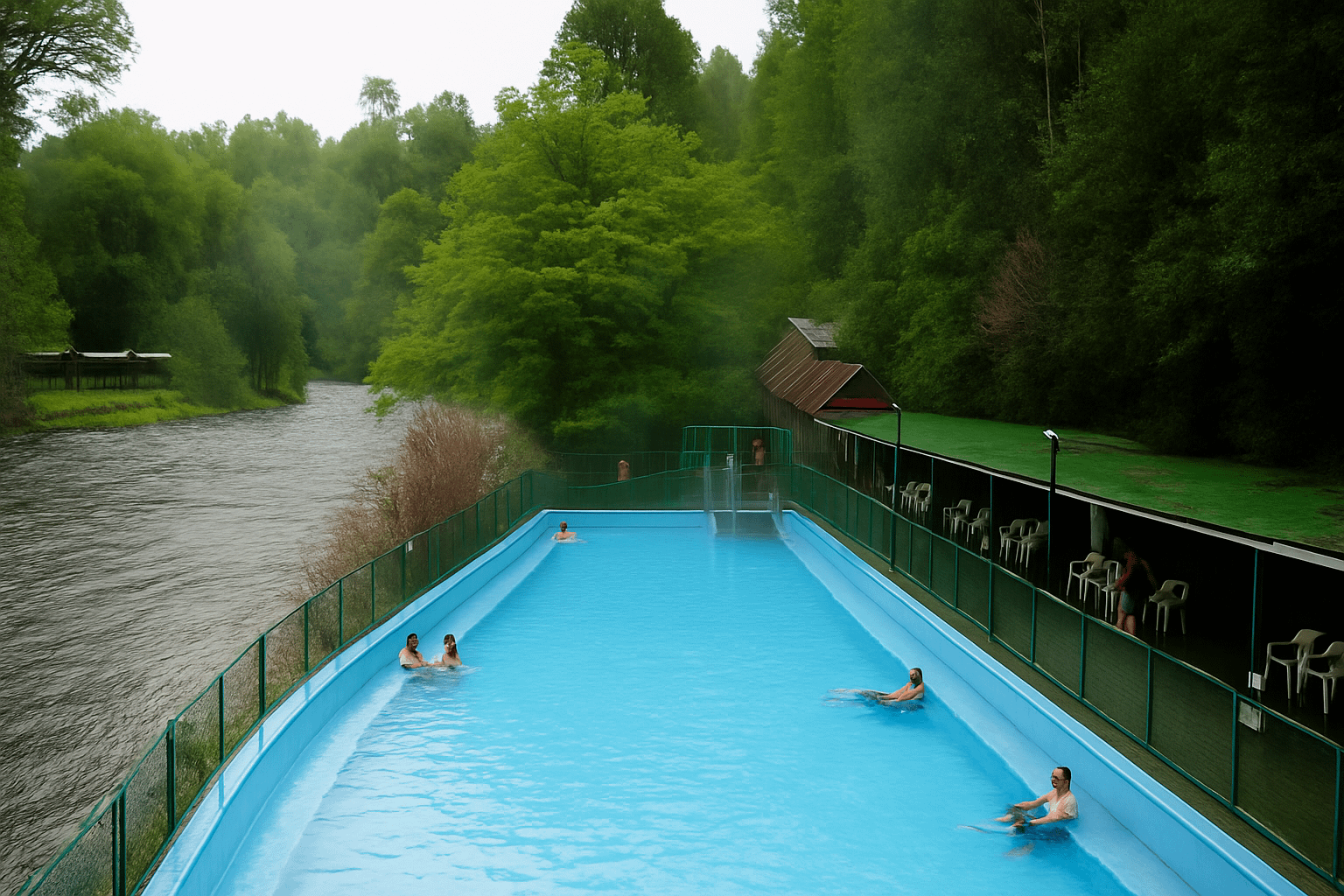






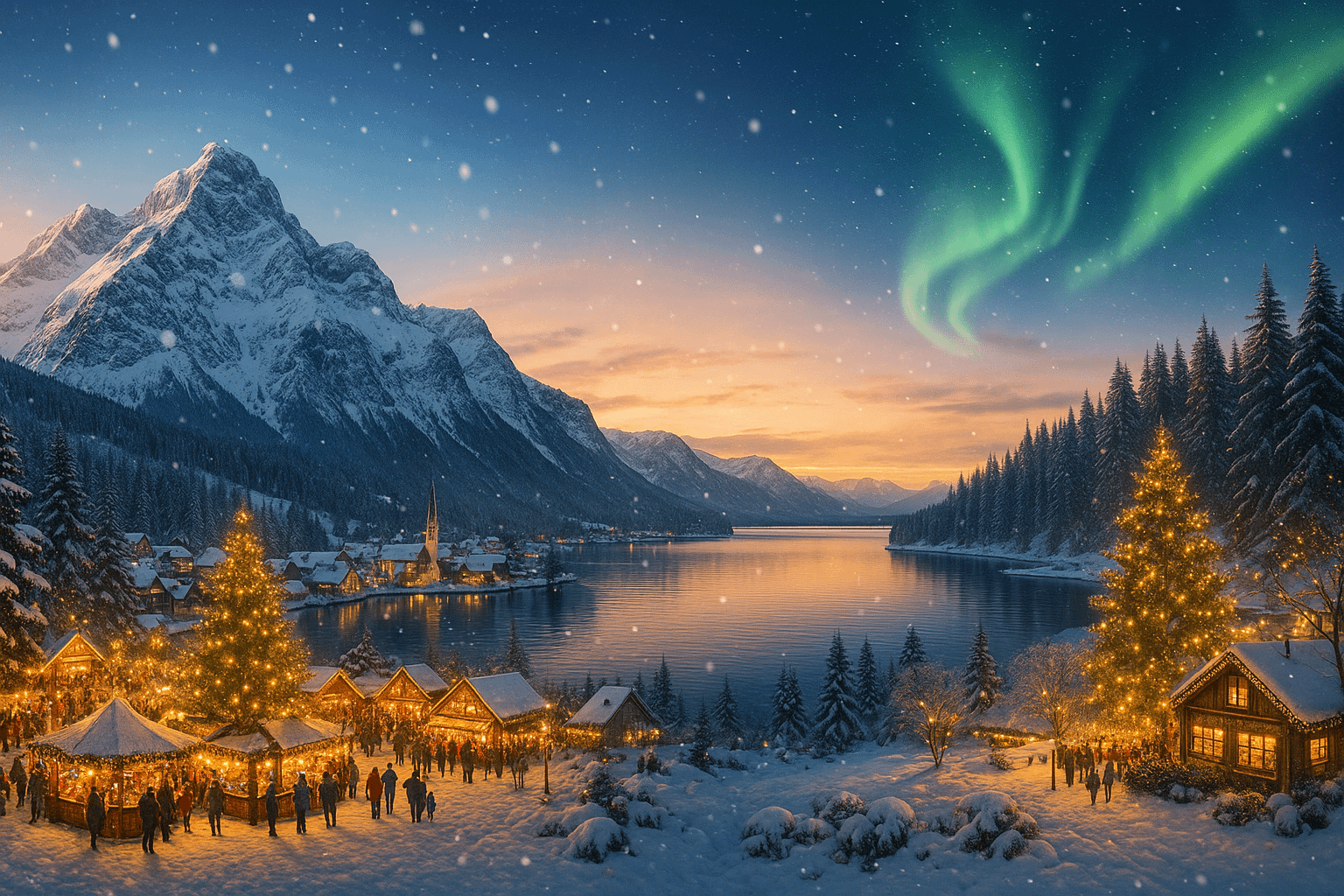

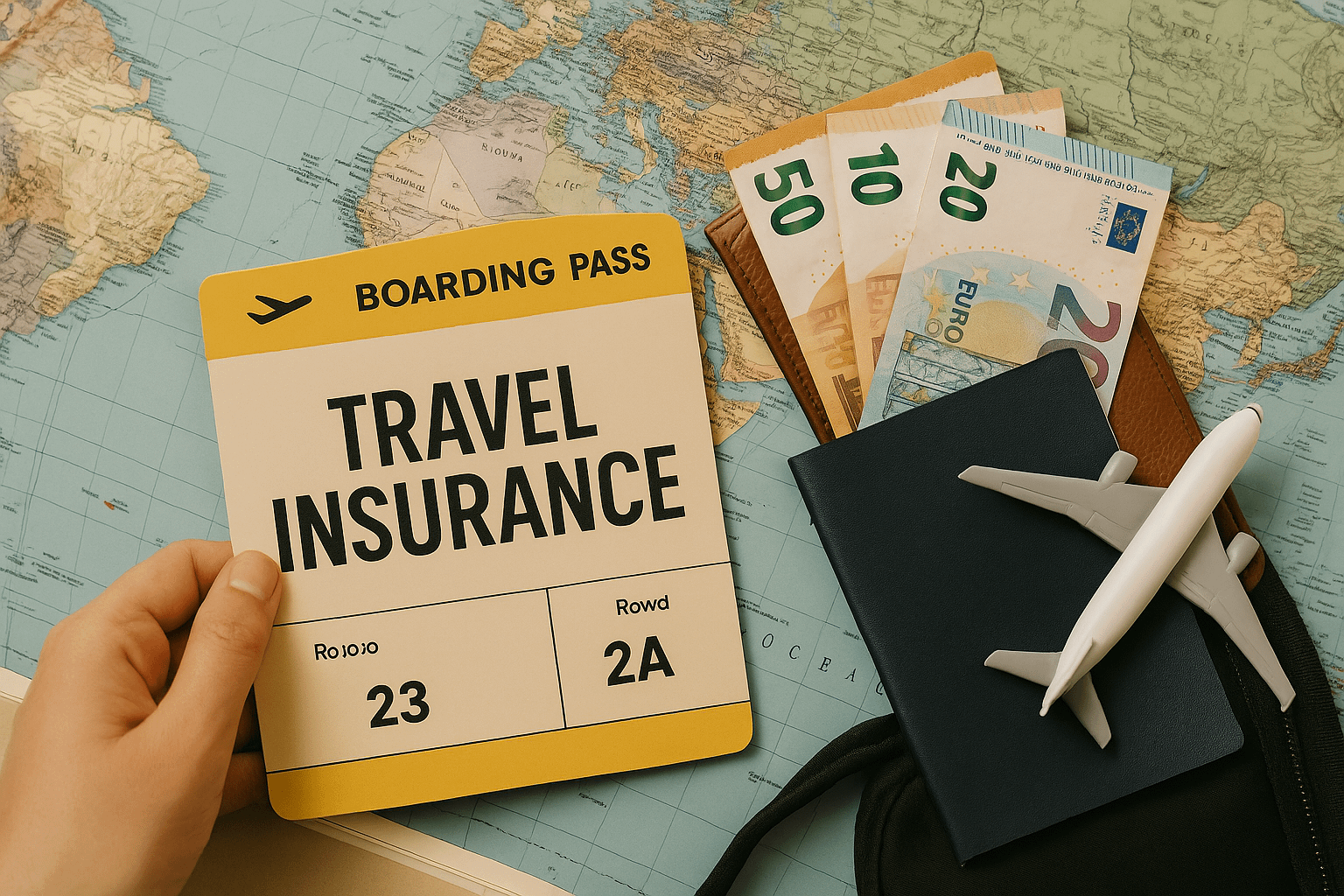
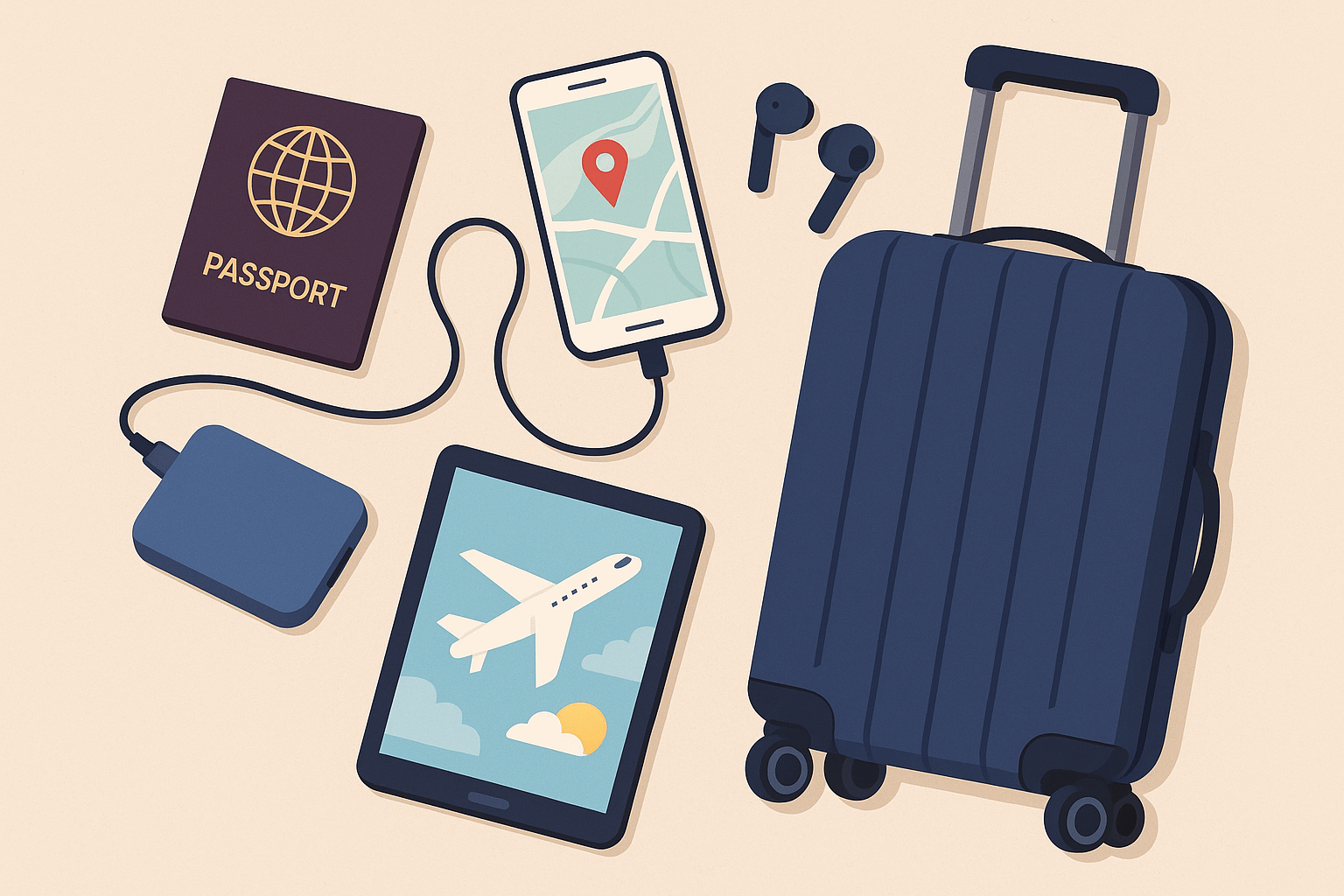
Leave a Reply